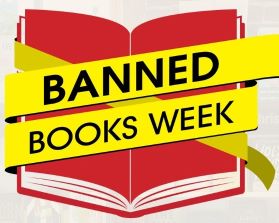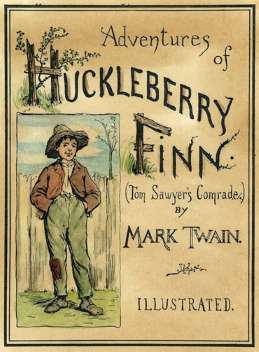The book-banners are tenacious, but so are we.

In a 2023 Washington Post opinion piece, “As more schools target ‘Maus,’ Art Spiegelman’s fears are deepening,” Greg Sargent wrote, “With ‘Maus’ again in the news, what’s galling is the casual unconcern among many book purgers that the frenzy they’ve unleashed might be sweeping just a tad too broadly.”
Sargent was correct, but the “casual unconcern” isn’t the only galling thing about book-banners. Worse is the hubris, the certainty of a particular entity — be it an individual parent, a school board, or some other self-appointed gatekeeper — that it alone is not only qualified to discern which books might harm “the children,” but also that it has the right to unilaterally remove those books from schools.
When we launched “And the Banned Played On” last fall, it was partly to try to answer the question, “What are these book-banners afraid of?” Because they’re clearly afraid of something.
In the case of Maus, which depicts the Holocaust, is it really the drawing of a nude woman (or, as Spiegelman calls it, “a naked corpse”) that’s so scandalous? Or is it, as he goes on to say in Sargent’s piece, “[T]he other things…like genocide”? I suspect it’s the other things.
When it comes to titles like Jason Reynolds and Brendan Kiely’s All American Boys or Toni Morrison’s perpetually hounded Beloved, are the banners’ efforts driven by a genuine desire to keep kids “safe” from sometimes violent, emotionally charged narratives? Or are they fearful of what those narratives might say to kids about racism and the legacy of slavery in America?
And as far as the numerous challenged titles that center LGBTQ+ characters or storylines — such as Jillian Tamaki and Mariko Tamaki’s graphic novel This One Summer — is it…
Never mind. There’s no need for a rhetorical-question setup here. They’re afraid these books will make their kids gay. Spoiler alert: They won’t. But what they might do is show young people struggling to understand their sexual identity that they’re not alone, and that the world is big enough for everyone.
There’s a rational, good-faith argument to be made that some readers are simply too young for some books — as far as I know, nobody’s lobbying for Judy Blume’s Forever to be shared during kindergarten story time — but there’s no similar argument to be made for the wholesale banning of certain books from entire school systems. (Beyond that, the viciousness with which book-banners harass individual librarians — as depicted in Amanda Jones’ harrowing That Librarian — is causing real-life harm.)
In honor of Banned Books Week (Sept. 22-28), we invite you to look back at the many targeted titles we’ve spotlighted over the past year. Although we’ll be transitioning “And the Banned Played On” from a monthly feature to an occasional one, our commitment to speaking out against book-banning remains firm. We hope you’ll add your voice to the chorus.
Holly Smith is editor-in-chief of the Independent.
